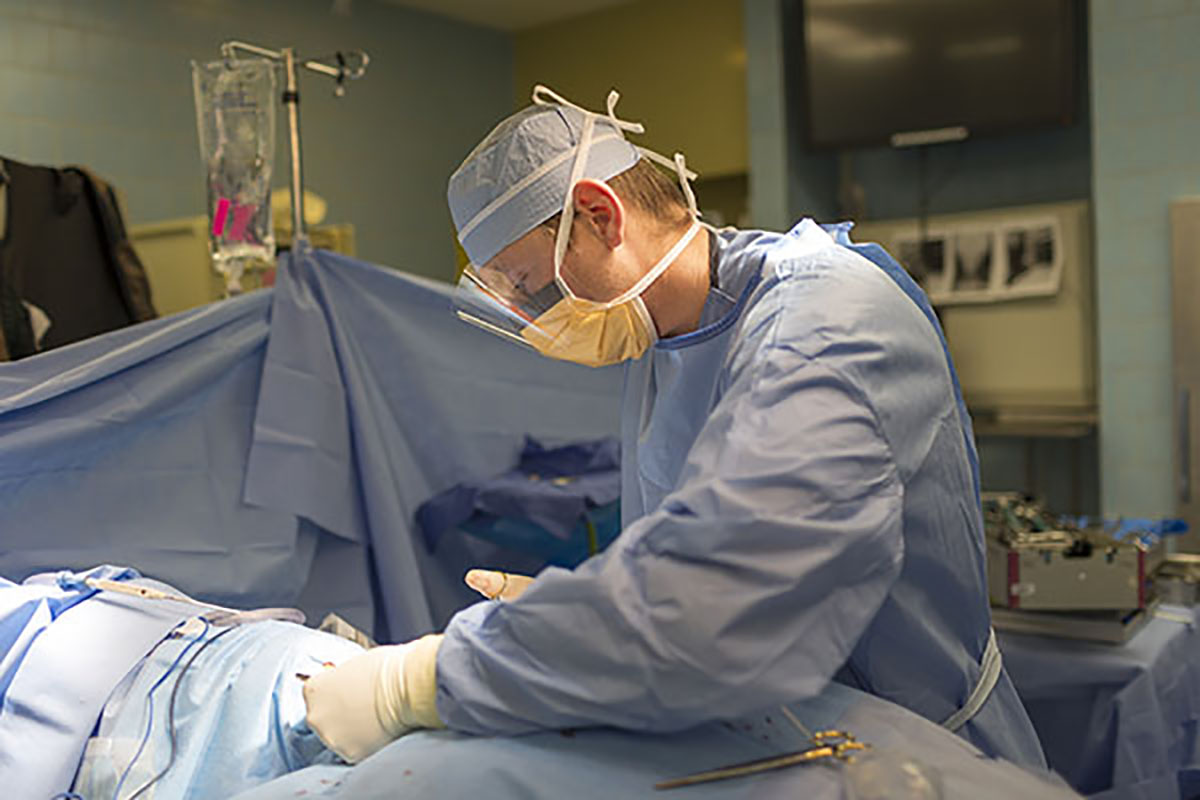
Failed Spinal Fusion

Because a traditional, invasive spinal fusion is a major surgical procedure, there are risks associated with it. Although these risks are small, they risks can occur. One of these risks is that the procedure may fail to “take hold.” This is called failed spinal fusion.
The most common reason for failed spinal fusion happens during a traditional invasive spinal fusion surgery. During the procedure, the surgeon makes a large incision and then must cut through and detach the muscles surrounding the spine in order to access the vertebrae. After the surgeon removes the damaged disc, the two vertebrae around the empty disc space are fused together with a bone graft and a small metal cage.
Due to the large incision and the muscle displacement, excessive scar tissue can form – sometimes growing around a nerve root or in the way of the metal cage fusion. This prevents the fusion from taking.
Other reasons for a failed spinal fusion can include:
- Severe infection or post-surgery complications
- Surrounding vertebrae/discs develop problems
- The fusion fails to take for a reason other than scar tissue
- Hardware or metal implant breakage
- Issues with a bone graft
- Patient experiences bleeding or blood clots
Symptoms
The main symptom of failed spinal fusion is pain following the surgery. In addition, the patient’s ability to complete activities of daily living may be altered.
Treatment
The treatments of failed spinal fusion can include medications, physical therapy, injections, nerve blocks, a pain management program, and/or surgery.
When surgery is indicated, we typically recommend revision spine surgery as a treatment for a failed spinal fusion. During this procedure, we perform the spinal fusion surgery but use newer, more advanced and effective methods. Depending on the patient, another alternative could be a total disc replacement where we remove the degenerative or injured disc and replace it with an artificial disc.









